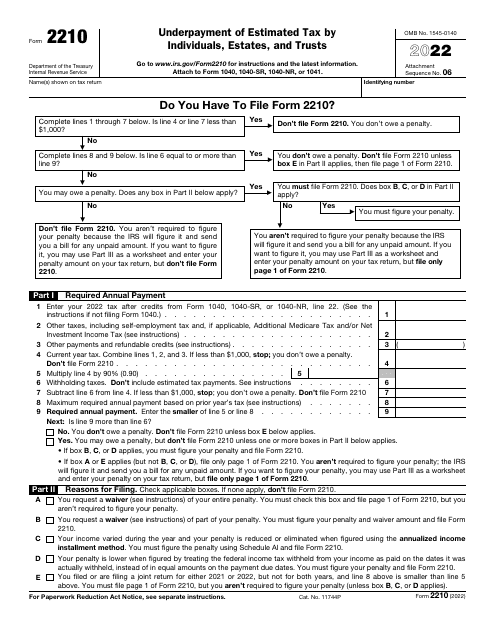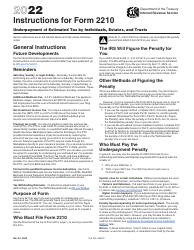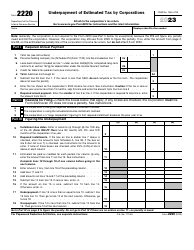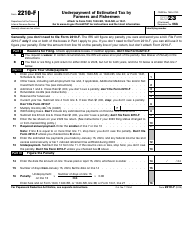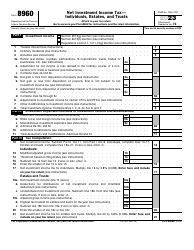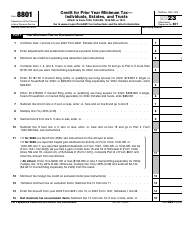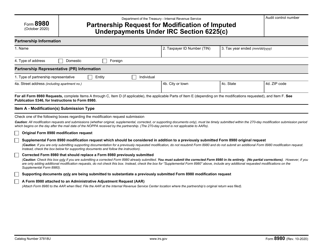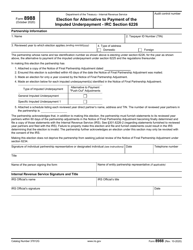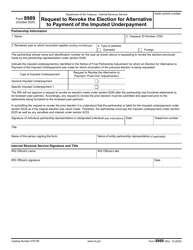This version of the form is not currently in use and is provided for reference only. Download this version of
IRS Form 2210
for the current year.
IRS Form 2210 Underpayment of Estimated Tax by Individuals, Estates, and Trusts
What Is IRS Form 2210?
This is a tax form that was released by the Internal Revenue Service (IRS) - a subdivision of the U.S. Department of the Treasury. Check the official IRS-issued instructions before completing and submitting the form.
FAQ
Q: What is IRS Form 2210?
A: IRS Form 2210 is a form used to calculate and report underpayment of estimated tax by individuals, estates, and trusts.
Q: Who needs to file IRS Form 2210?
A: Individuals, estates, and trusts who did not pay enough estimated tax during the year may need to file IRS Form 2210.
Q: What is the purpose of IRS Form 2210?
A: The purpose of IRS Form 2210 is to determine if any penalties or interest should be charged due to underpayment of estimated tax.
Q: When is IRS Form 2210 due?
A: IRS Form 2210 is generally due when you file your annual income tax return, which is typically April 15th.
Q: How do I fill out IRS Form 2210?
A: To fill out IRS Form 2210, you will need to calculate your underpayment penalty using the worksheet provided in the instructions and report the amount on the form.
Q: What happens if I don't file IRS Form 2210?
A: If you were required to file IRS Form 2210 but did not, you may be subject to penalties or interest on the underpayment of estimated tax.
Form Details:
- A 3-page form available for download in PDF;
- Actual and valid for filing 2023 taxes;
- Editable, printable, and free;
- Fill out the form in our online filing application.
Download a fillable version of IRS Form 2210 through the link below or browse more documents in our library of IRS Forms.
